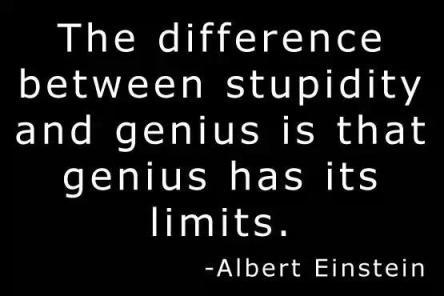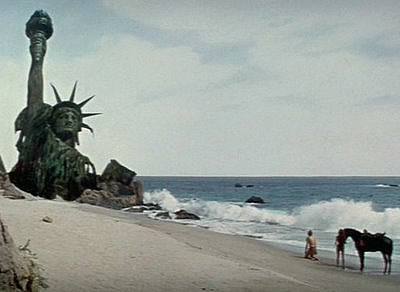
The Federal government of the United States of America has 3 (and a half) co-equal branches, none of whom, alone or even together are above the Constitution of the USA:
(1) The Executive Branch (The President and the Departments under his control)
(2) The Legislative Branch (which is further broken into the Senate sub branch and the House o’ Representatives sub branch)
(3) The Judiciary
(4)(and the various alphabet soup Administrative Agencies SEC, IRS, FDA, EPA, … USPTO)
Given this structure, not even the top court (SCOTUS) has the lawful power to take over the enumerated and limited powers granted exclusively to the Legislative Branch under Article 1, Section 8 of the Constitution:
http://en.wikipedia.org/wiki/Article_One_of_the_United_States_Constitution#Section_8:_Powers_of_Congress
where the latter includes:
To promote the Progress of Science and useful Arts, by securing for limited Times to … Inventors the exclusive Right to their respective … Discoveries;
The above discussion brings to mind an argument that Thomas Jefferson made a long time ago about the powers of the US Supreme Court:
“[Re SCOTUS decision in Marbury:] You seem to consider the judges as the ultimate arbiters of all constitutional questions; a very dangerous doctrine indeed, and one which would place us under the despotism of an oligarchy. Our judges are as honest as other men, and not more so. They have, with others, the same passions for party, for power, and the privilege of their corps…. Their power [is] the more dangerous as they are in office for life, and not responsible, as the other functionaries are, to the elective control. The Constitution has erected no such single tribunal, knowing that to whatever hands confided, with the corruptions of time and party, its members would become despots. It has more wisely made all the departments co-equal and co-sovereign within themselves.”
source:
http://en.wikipedia.org/wiki/Marbury_v._Madison#Criticism
In the case of Alice v. CLS it should be recalled that the US Constitution leaves to the Congress, the job of “*** securing*** for limited Times to Authors and Inventors the exclusive Right to their respective Writings and Discoveries.”
To this end (of “securing” rights), Congress passed 35 USC 101.
Now comes a despotic SCOTUS with aim and act of de-securing IP rights already granted by the Executive branch via the US Patent office.
How does SCOTUS have powers even beyond that granted to Congress (of “*** securing*** for limited Times to …. Inventors the exclusive Right to their respective …. Discoveries.”) ?








